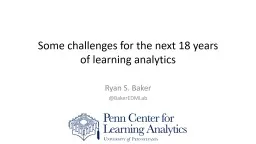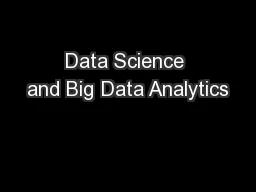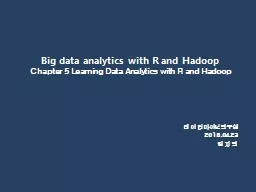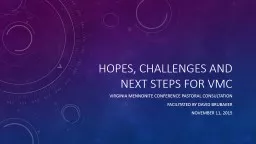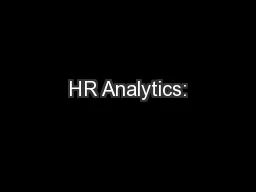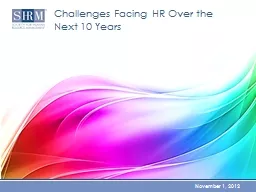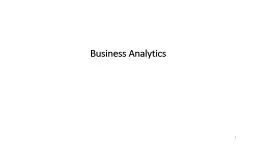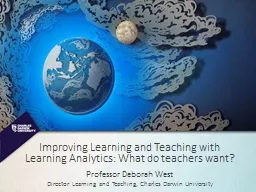PPT-Some challenges for the next 18 years of learning analytics
Author : briana-ranney | Published Date : 2019-06-21
Ryan S Baker BakerEDMLab Learning Analytics has been really successful In just 9 short years since the first conference Learning Analytics has been really successful
Presentation Embed Code
Download Presentation
Download Presentation The PPT/PDF document "Some challenges for the next 18 years of..." is the property of its rightful owner. Permission is granted to download and print the materials on this website for personal, non-commercial use only, and to display it on your personal computer provided you do not modify the materials and that you retain all copyright notices contained in the materials. By downloading content from our website, you accept the terms of this agreement.
Some challenges for the next 18 years of learning analytics: Transcript
Download Rules Of Document
"Some challenges for the next 18 years of learning analytics"The content belongs to its owner. You may download and print it for personal use, without modification, and keep all copyright notices. By downloading, you agree to these terms.
Related Documents

